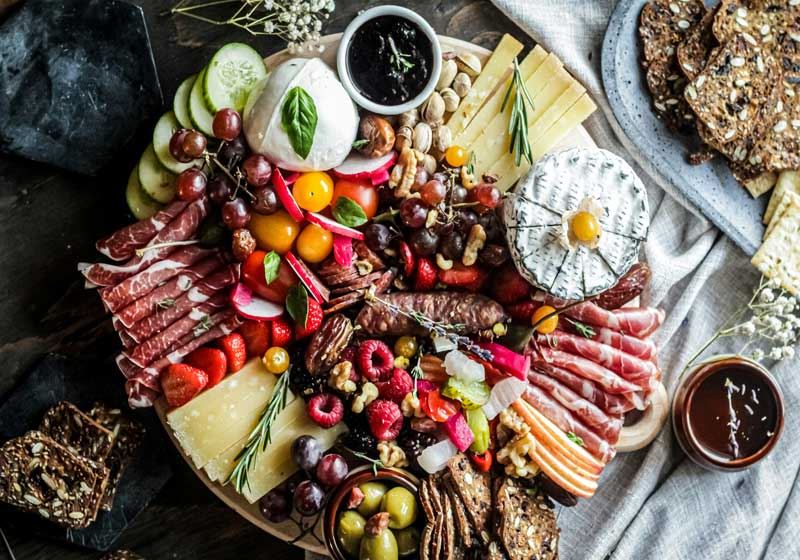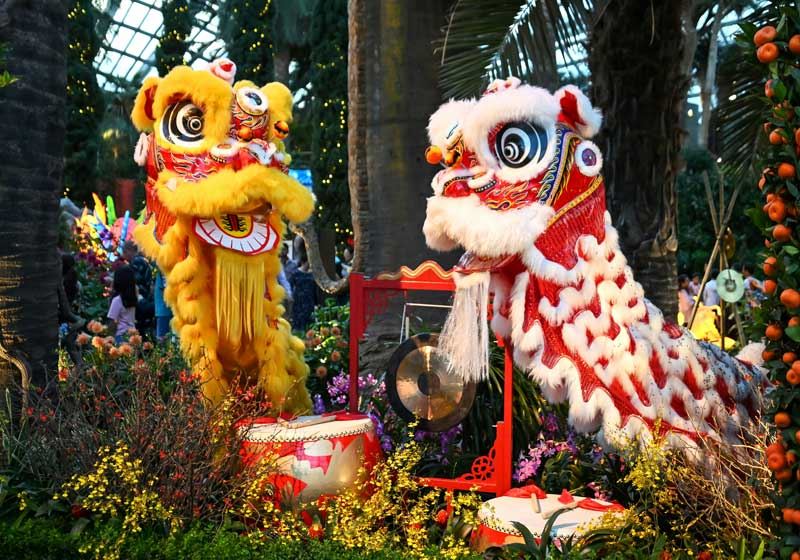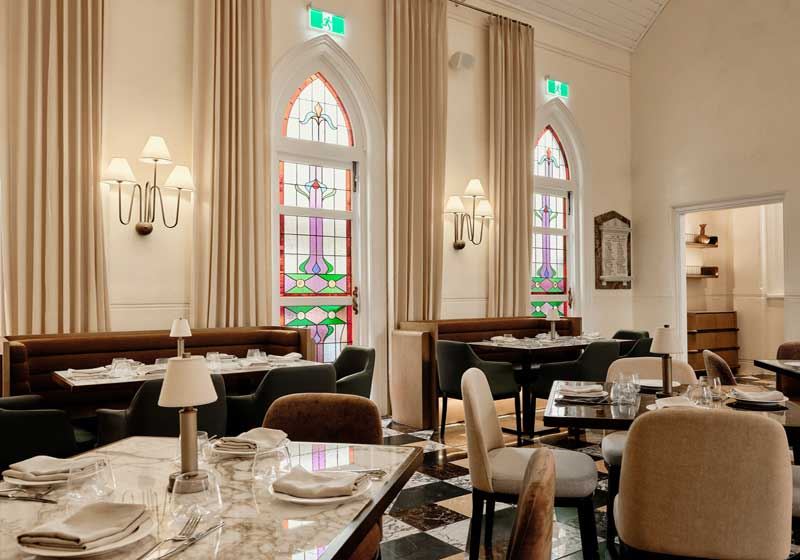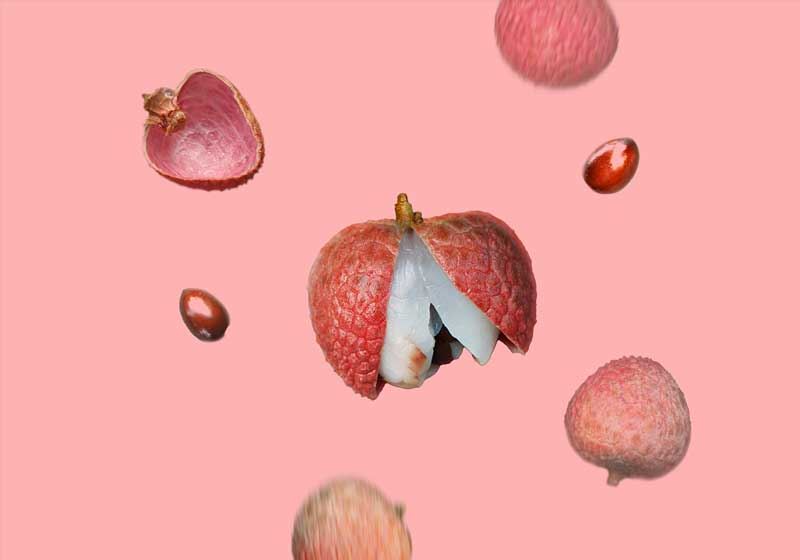By Marie-Antoinette Issa.
According to the sassy main character in the iconic fashion movie ‘The Devil Wears Prada’, florals for Spring are hardly revolutionary in sartorial circles. However, adding a few sprigs of colourful blooms to your favourite dishes certainly can be! From soups and salads to sweet desserts, cooking with edible flowers can add both vibrant tones and unique textures and tastes to your dishes.
Incorporating edible flowers into your cooking
When cooking with edible flowers, it’s essential to ensure they are free from pesticides and chemicals - use flowers from a reputable source, such as an organic garden or a trusted market. Always start with a small quantity to gauge the flavour and any potential allergic reactions.
To get the most out of your floral ingredients think about how their colours and flavours can complement your dishes. Experiment with different combinations to find your perfect balance of taste and aesthetics.
The eight best edible flowers to cook with:
Nasturtiums

Nasturtiums are among the most versatile edible flowers, known for their bright, cheerful colours ranging from yellow to red. Their peppery flavour resembles that of rocket, making them a zesty addition to salads. You can also stuff nasturtium blossoms with cheese or use the leaves in place of basil for a punchy twist on pesto. For a striking garnish, float the petals on soups or savoury dishes.
Cooking tip: Try making a nasturtium vinegar by infusing white wine vinegar with the flowers. It adds a tangy, floral note to dressings and marinades.
Calendula

Often referred to as ‘pot marigold’, calendula petals are edible and have a slightly spicy, tangy flavour. They can add a pop of colour to salads, soups or rice dishes. Calendula can also be dried and used as a natural food colouring or infused into oils for culinary or cosmetic use.
Cooking tip: Use calendula petals to create a vibrant saffron substitute in dishes like paella or risotto. Their bright orange hue and mild flavour can mimic the look and taste of saffron without the high cost.
Lavender

Lavender isn’t just for sachets and bath oils - it’s a fantastic culinary herb with a sweet, floral flavour. It pairs beautifully with both sweet and savoury dishes. Lavender can be used in baking (try it in biscuits or cakes), brewed into tea or added to marinades for meats. Its subtle, aromatic taste can enhance everything from syrups to ice creams.
Cooking tip: Make a lavender syrup by simmering equal parts sugar and water with a handful of lavender buds. This syrup is perfect for drizzling over pancakes, yoghurt or even cocktails.
Chive Blossoms

Chive blossoms offer a mild onion flavour that can elevate a variety of dishes. Their vibrant purple colour adds an aesthetic touch to salads, omelettes and creamy dips. Chive blossoms can also be used to garnish soups or even make a delicate chive blossom vinegar.
Cooking tip: Add chive blossoms to a simple vinaigrette for an extra layer of flavour. They can also be used to infuse oils or simply sprinkled over dishes as a fresh, aromatic garnish.
Pansies
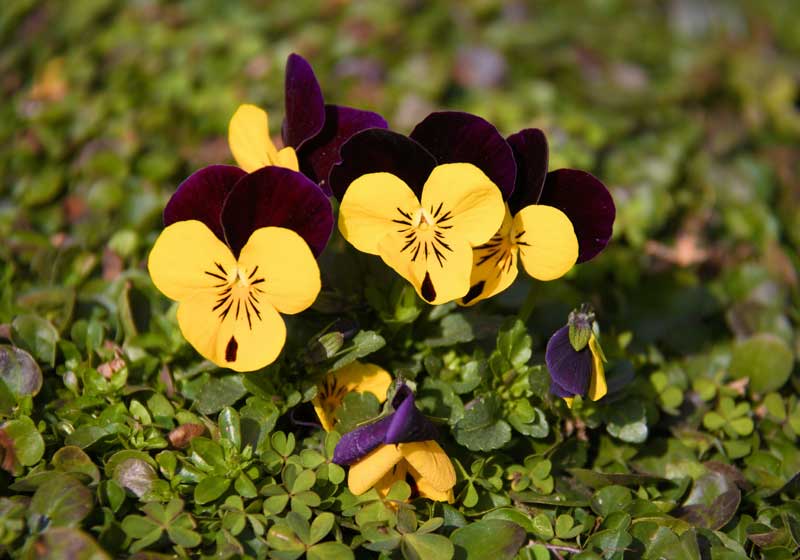
Pansies are as versatile as they are beautiful, with flavours ranging from mildly sweet to slightly grassy, depending on the variety. They are perfect for decorating cakes, cupcakes or salads. Pansies can also be used to create beautiful ice cubes that make any beverage look special.
Cooking tip: Create colourful ice cubes by placing pansy petals in ice cube trays and filling them with water. These can be used to add a touch of elegance to summer beverages or even as a unique gift.
Roses

Roses are not just for bouquets - they’re edible and can be used in many culinary applications. Rose petals have a delicate, floral flavour that works well in syrups, jams and pastries. You can also use rose water to impart a subtle rose essence to dishes.
Cooking tip: Make rose petal jelly by combining rose petals with sugar, lemon juice and pectin. This can be used as a unique spread for toast or as a filling for pastries.
Violets

Known for their delicate, sweet flavour and vibrant colours (ranging from deep purple to soft pastel hues), violets add a lovely touch to both sweet and savoury dishes. They’re perfect for decorating sweet treats and salads, pair well with fruits and desserts and are even great for savoury dishes like salads or cheese spreads.
Cooking tip: Create a vibrant violet syrup by simmering violet petals with sugar and water. This syrup is ideal for drizzling over desserts like panna cotta or ice cream or adding a floral note to cocktails and sparkling water. You can also make violet sugar by blending dried violet petals with granulated sugar, which adds a beautiful and aromatic touch to baked goods.
Sunflowers

Sunflower petals have a mild, slightly nutty taste and can be used in salads or as a colourful garnish. While the petals are edible, the seeds are more commonly used in cooking. Sunflower seeds can be toasted and added to muesli, salads or even made into (a nut-free) sunflower seed butter.
Cooking tip: Incorporate sunflower petals into a colourful salad or use them to decorate cakes and biscuits. For a nutty twist, try toasting sunflower seeds and sprinkling them over dishes or blending them into smoothies.




